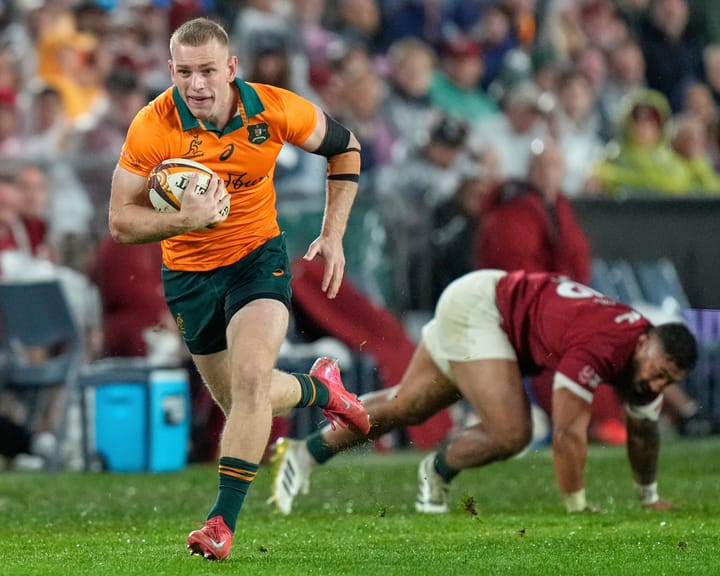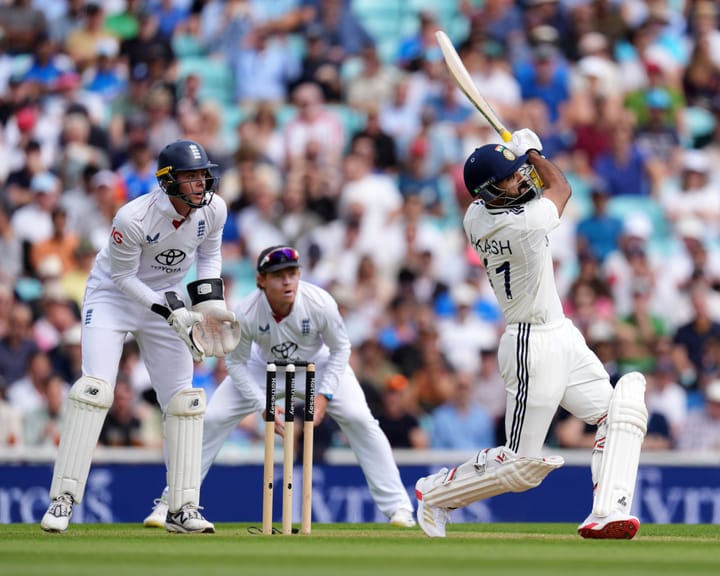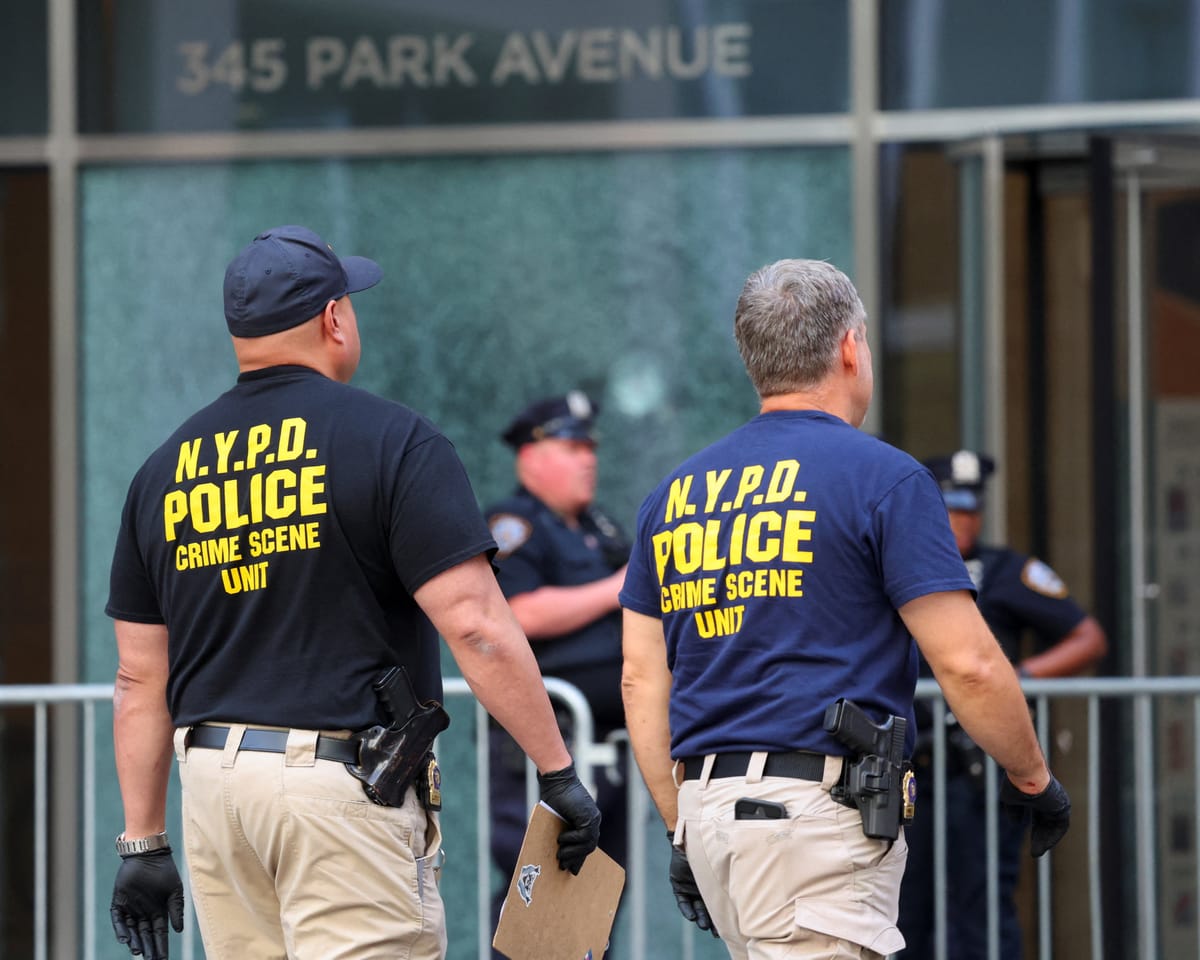Four individuals were killed this week in a Manhattan office building, shot by a man armed with a rifle and a three-page note blaming football and the brain conditions he claimed it had caused. Among the victims was an off-duty NYPD officer and a Blackstone executive. All were innocent, simply trying to make it home, but because of 27-year-old Shane Tamura, they never did.
I’m familiar with those offices. I’ve been inside them, spoken with people who work there—people I deeply care about. On the other hand, I’ve known individuals who struggled with chronic traumatic encephalopathy (CTE), not always to the point of death but to the isolation and gradual decline it brings. I’ve also lost people to gun violence. Too many have.
Reading that the shooter claimed to suffer from CTE—that he sought retaliation against the NFL for what he believed the sport had done to him, despite never playing professionally—left me with more than shock. It brought grief, anger, and an urgency that demands attention.
This incident isn’t just about one person. Even in his note, the gunman referenced Terry Long, a former NFL player who died by suicide and was later diagnosed with CTE. It’s yet another reminder of what we continue to disregard: how we address brain injuries, how we overlook mental health issues, how we allow troubled individuals access to firearms, and how silence, in sports, policy, and society, still costs lives.
I know what it’s like to treat your own body as a weapon.
I played Division I football at Purdue before being drafted by the Dallas Cowboys. Later, I started for the Tampa Bay Buccaneers and the Buffalo Bills. I’ve faced legendary players, collided with opponents far larger than me at incredible speeds, and felt my head rattle inside my helmet with each hit. In football, that wasn’t a concern—it was applauded. I remember teammates, from high school to seasoned NFL veterans, hiding concussion symptoms to stay on the field. Often, coaches and medical staff either encouraged it or chose not to intervene. That’s not to say there weren’t careful professionals, but too many players fell through the cracks.
We were taught to see pain as fuel. Play through it—tape it, ice it, numb it, stay quiet. But the brain doesn’t heal so easily. We called it toughness. Loyalty. Team mentality. In truth, it was a slow, hidden deterioration. And for some, that bleeding never stopped.
Read next

"Guardian Sport Weekend: Lions' Third Test, England vs. India, Women’s Open Action"
Rugby Union
11am Australia v British & Irish Lions live
The Lions enter the third and final Test against the Wallabies with a chance to secure a historic series sweep, an achievement not seen in decades. Lee Calvert will provide updates throughout. No Lions team has remained undefeated since Willie

Wallabies crush Lions' clean sweep bid in storm-lashed Sydney clash
Lions Fall Short as Wallabies Secure Series Finale
The hopes of a dominant tour for the British & Irish Lions came to an end as they suffered their first defeat in Australia on a rain-soaked evening in Sydney. The home side rose to the occasion, overcoming challenging weather and a

"Live: England vs India in fifth men's cricket Test, day three"
39th over: India 155-2 (Jaiswal 80, Akash Deep 51) Overton moves away from short-pitched deliveries, conceding just a single.
Guy Hornsby observes, "England will regret those dropped catches as the runs pile up, especially once Jaiswal reaches his century. Woakes’ absence was significant, though England managed well initially. Now,

